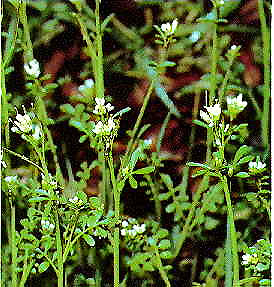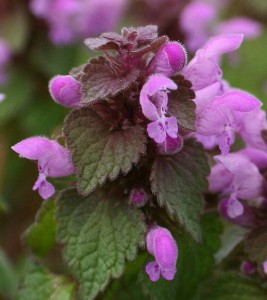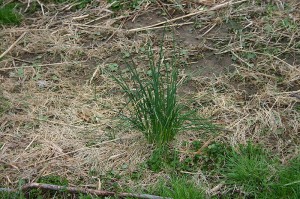
Will there ever be a spring?
After a blistering summer comes fall. The fall often begins with a sharp break in temperature, while there remains a low level of precipitation. Then comes October and its beautiful colors. If temperatures are mild and the rains don’t pick up too severely, those colors may last for sometime. November is blustery, gray, chilly, and morose. Yet, November has an upside. December follows, January, and finally February. Winter’s death draws near.
March approaches. Actually, the tail end of February can be the earliest harbinger of spring, but certainly by March, one should be paying close attention for the tiny signs of spring. Look at your lawn. It will speak in little ways that you are approaching the season of rebirth, of revitalization.

Spring? Look at Your Lawn
In Virginia in the United States, one of the earliest indications is the blooming very tiny weeds. One of these is the Pennsylvania Bittercress, Cardamine pensylvanica. Another is Dead Nettle, a violet to purplish blooming mint, Lamium purpureum. See images 1 and 2.
The wild onion (wild garlic) is the tallest weed in the spring lawn. One common form of this pest has the Latin name, Allium vineale (shown below).

Another Early Indicator
Many of us, desperate for a little color, plant beds of daffodils as an edging about our house. Its glorious sun-yellow color awakens us. It announces spring like some magnificent trumpet. After these we anxiously await the varied flowers and flowering shrubs that soon follow. These include the Easter Bush (flowering quince), crocuses, redbud trees and dogwood trees. Ah, sweet spring! Still, I am sad when the day arrives the yellow daffodils turn brown.
References:
